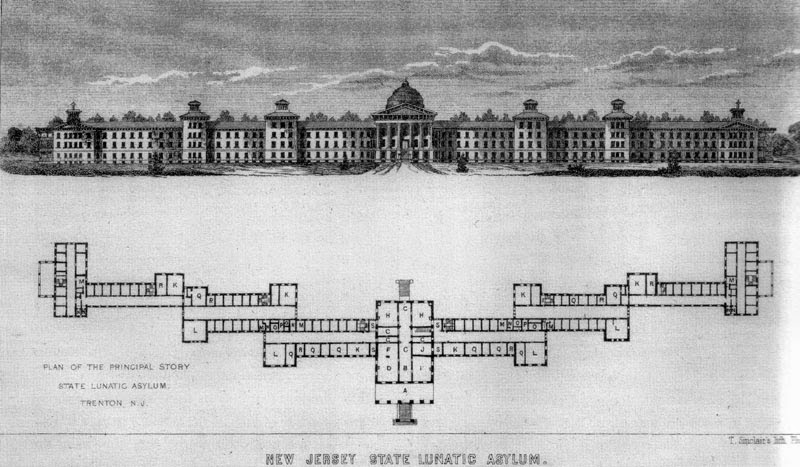I have never really done any foliage stuff before so this has proved helpful and been interesting for me. My project, most likely, won't have any trees, vines or bushes but there may be the odd plant pot here and there. I will complete the next project very soon whilst all the details are fresh in my mind. As this has been a much longer and time consuming tutorial, I will only be carrying out the projects once through. Another reason for this as it is not a core element of my project.
 |
| Creating Ivy |
The Steps
This was a simple yet lengthy process. Lengthy because it requires lot's of duplication and careful placement. Here are the rough steps I carried out:
- Using a reference plane, I used a Create Polygon Tool to draw out half the leaf and then mirrored the created geometry.
- After this I extruded the main face to add some thickness as well as beveling the edges. After that I used the Split Polygon Tool to help create geometry for the vines.
- After extruding these vines a little bit I went on to deform the leaf, using Deformers, to help enhance a realistic look to it.
- It was then time to texture so using the Transfer Maps function I created a Normal and Ambient Occlusion map.
- After creating these, I went on to create the Vine for the Ivy. This was a simple process of drawing out a curve using the CV Curve Tool.
- This step was very lengthy - duplicating the leaves and adjusting them slightly all the way down the vine.
- Then I created a NURBS Primitive Circle that was used to extrude the main geometry of the vine along the curve.
- From here it was a simple fact of making sure the leaves all were correctly placed and then touching up the textures.
Learning Outcomes
This chapter has taught me a few new things, both in Maya and in Photoshop:
Maya
Texture Maps
 |
| Texture Maps - Examples taken from Game Environments and Props by Michael McKinley |
There are 3 main texture types:
- Diffuse
- Normal
- Specular
Diffuse Map - This is the texture that contains the main colour information. This is the main map that shows what your object will look like.
Normal Map - This map contains the information that shows how far any part of an objects surface extrudes or intrudes. This helps how lighting affects your object by giving it a good sense of depth in parts.
Specular Map - A specular map contains the surfaces shininess information. Not everything needs a lot of shine but there is shine on most things so this is where this would be used. Most commonly this is used with the Blinn Material. If painted Black it represents no shine and if painted white, it represents shine. Colour can be added to add a hue of shine to the object.
Another map which was focused on highly in this chapter was an Opacity Map. Opacity controls the transparency of a model and this is heavily used for foliage pieces in games. By having a well created opacity map, artists can create the illusion of heavy details (like thousands of leaves).
Transfer Maps Function
The transfer maps function is used to quickly create a number of different maps for you chosen object. This is a highly efficient and easy way to create a source of all the different map types you need. Your Target Mesh is the mesh you wish to create maps for (Low Poly Mesh) and your Source Mesh is the mesh you wish to create the maps from (High poly Mesh).
 |
| Transfer Maps Function |
Photoshop
Layer Mask - This is a grayscale image that is associated with a layer in your document. It acts as an opacity map. If the mask layer is painted black then it is invisible, if it's painted white, it's visible.
Bits/Pixel - When you save a document, you are given an option of how you want to save it, 16, 24 or 32 Bits/Pixel. This is determining which channels too save. For a standard image (RGB) you have three channels (Red, Blue, Green) each at 8 bits/pixel, therefore save as 24 bits/pixel. If you use an Alpha Channel then thats another 8 bits/pixel hence, 32 bits/pixel.
Personal Notes
Some of my learning outcomes may surprise you that I honestly was not fully sure on there functions and/or purposes. However this is a learning curve and writing them out like this helps out a lot.
For the end of this weekend I have a few tasks I wish to compelte:
- Finish Case Study
- Blog Summary of Case Study
- Complete Chapter 2 of Foliage
- Blog Chapter 2 of Foliage
This should all be manageable. Even with this weekend being quite busy I am confident I can achieve all this.
























